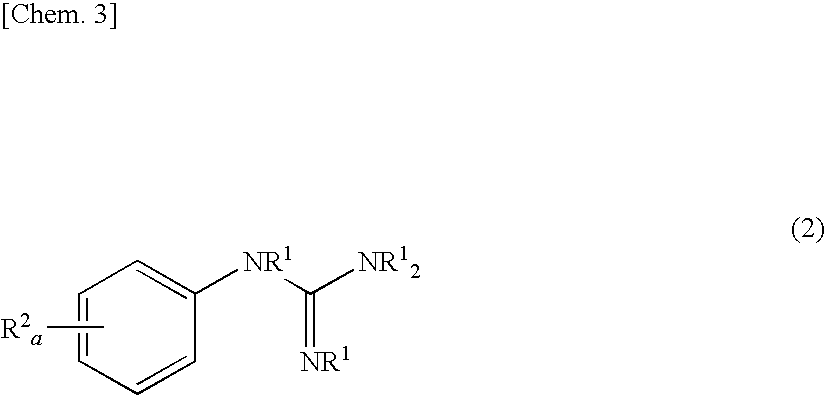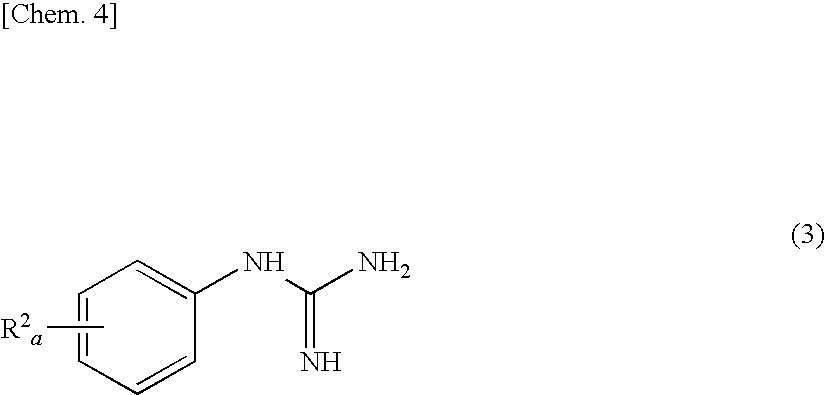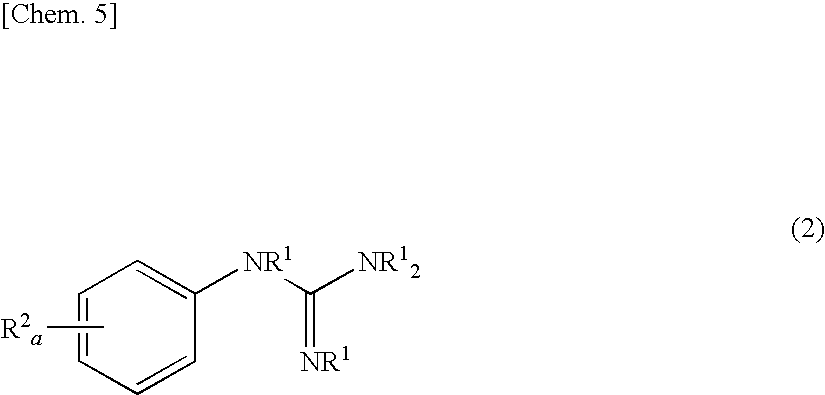Curable composition
a composition and composition technology, applied in the field of curable compositions, can solve the problems of organotin type compound toxicity, inferior adhesiveness of cured products, use of organotin type catalysts, etc., and achieve the effects of superior environmental compatibility, excellent curable compositions in surface curability, depth curability, and adhesiveness
- Summary
- Abstract
- Description
- Claims
- Application Information
AI Technical Summary
Benefits of technology
Problems solved by technology
Method used
Image
Examples
synthesis example 1
[0292]Propylene oxide was polymerized using polyoxypropylene triol with a molecular weight of about 3,000 as an initiator and a zinc hexacyanocobaltate glyme complex catalyst to give polypropylene oxide having a number average molecular weight of about 26,000 (polystyrene-equivalent value measured by using a TOSOH model HLC-8120 GPC solvent delivery system, a TOSOH model TSK-GEL H type column, with THF as a solvent). Thereto was then added a methanol solution of NaOMe in an amount of 1.2 equivalents relative to the hydroxyl groups of that hydroxyl-terminated polypropylene oxide, the methanol was distilled off and, further, allyl chloride was added to the residue for conversion of each terminal hydroxyl group to an allyl group. The unreacted allyl chloride was removed by volatilization under reduced pressure. To 100 parts by weight of the crude allyl-terminated polypropylene oxide obtained were added 300 parts by weight of n-hexane and 300 parts by weight of water and, after mixing w...
synthesis example 2
[0294]Using polyoxypropylene diol with a molecular weight of about 2,000 as an initiator, propylene oxide was polymerized in the presence of a zinc hexacyanocobaltate-glyme complex catalyst to give polypropylene oxide with a number average molecular weight of about 25,500 (polystyrene equivalent value measured in the same manner as in Synthesis Example 1). To this hydroxyl group-terminated polypropylene oxide was then added a methanol solution of NaOMe in an amount of 1.2 equivalents relative to the hydroxyl groups in the polymer, the methanol was distilled off and, further, allyl chloride was added to convert the terminal hydroxyl groups to allyl groups. The unreacted allyl chloride was removed by volatilization under reduced pressure.
[0295]To 100 parts by weight of the crude allyl-terminated polypropylene oxide obtained were added 300 parts by weight of n-hexane and 300 parts by weight of water and, after mixing with stirring, the water was removed by centrifugation. The hexane so...
synthesis example 3
[0297]The allyl group-terminated polypropylene oxide (P-2) obtained in Synthesis Example 2 (100 parts by weight) was reacted with 2.2 parts by weight of 1-[2-(trimethoxysilyl)ethyl]-1,1,3,3-tetramethyldisiloxane at 90° C. for 5 hours by adding 150 ppm of an isopropanol solution of a platinum-vinylsiloxane complex (platinum content: 3% by weight) thereto as a catalyst to give a trimethoxysilyl group-terminated polyoxypropylene type polymer (A-3). As a result of 1H-NMR measurement, the average number of terminal trimethoxysilyl groups per molecule was found to be about 1.3.
PUM
| Property | Measurement | Unit |
|---|---|---|
| weight | aaaaa | aaaaa |
| temperature | aaaaa | aaaaa |
| adhesiveness | aaaaa | aaaaa |
Abstract
Description
Claims
Application Information
 Login to View More
Login to View More - R&D
- Intellectual Property
- Life Sciences
- Materials
- Tech Scout
- Unparalleled Data Quality
- Higher Quality Content
- 60% Fewer Hallucinations
Browse by: Latest US Patents, China's latest patents, Technical Efficacy Thesaurus, Application Domain, Technology Topic, Popular Technical Reports.
© 2025 PatSnap. All rights reserved.Legal|Privacy policy|Modern Slavery Act Transparency Statement|Sitemap|About US| Contact US: help@patsnap.com



